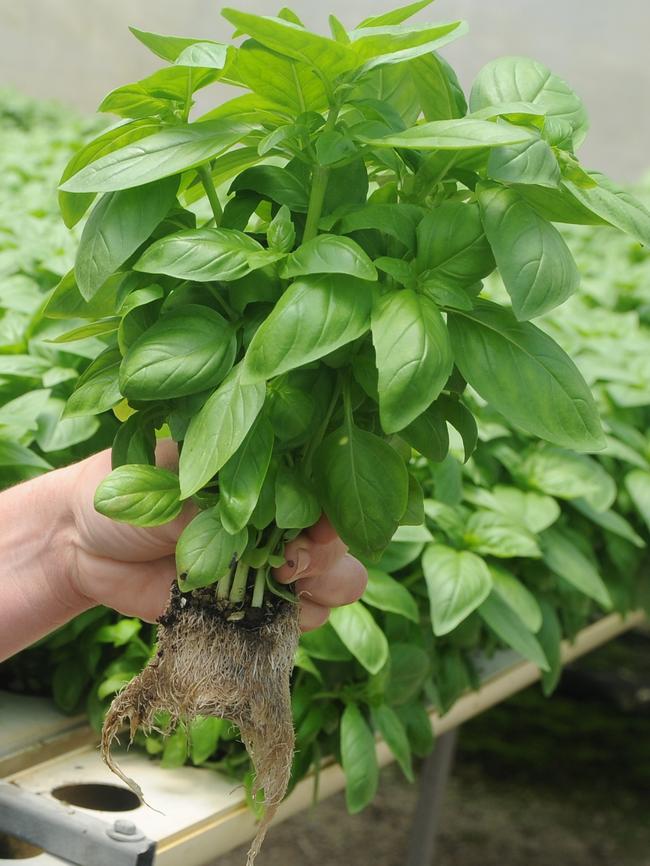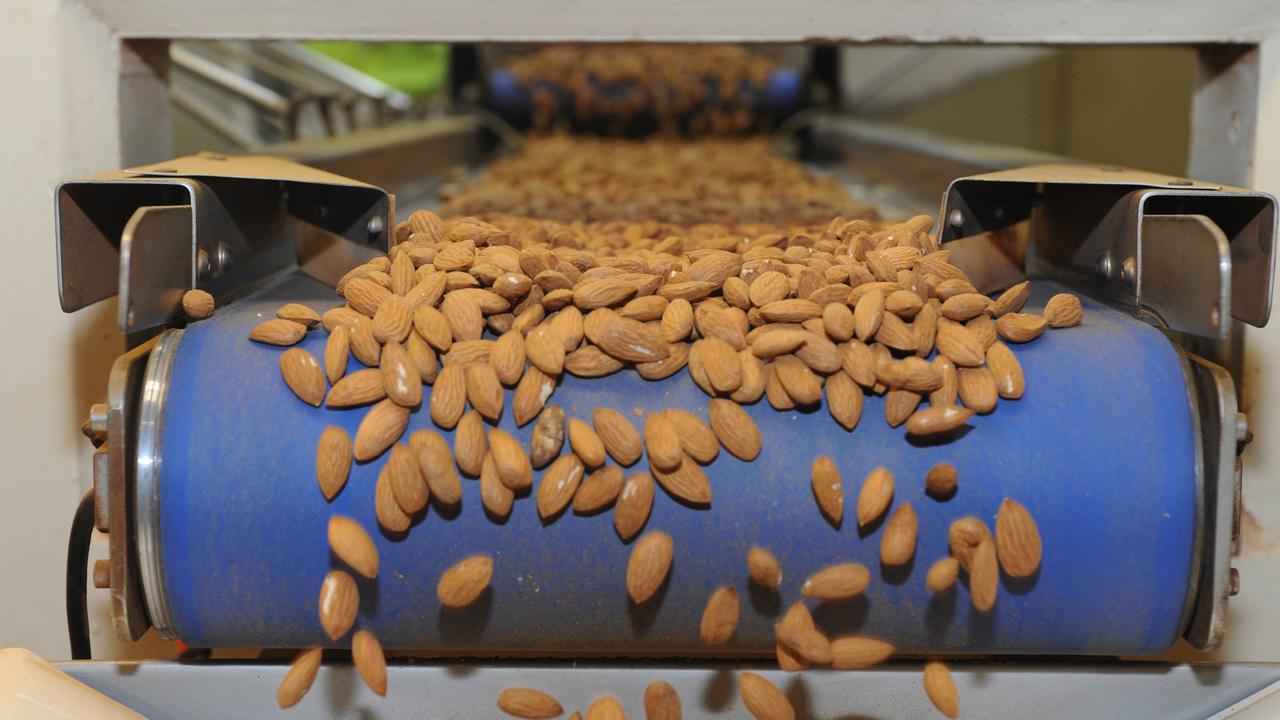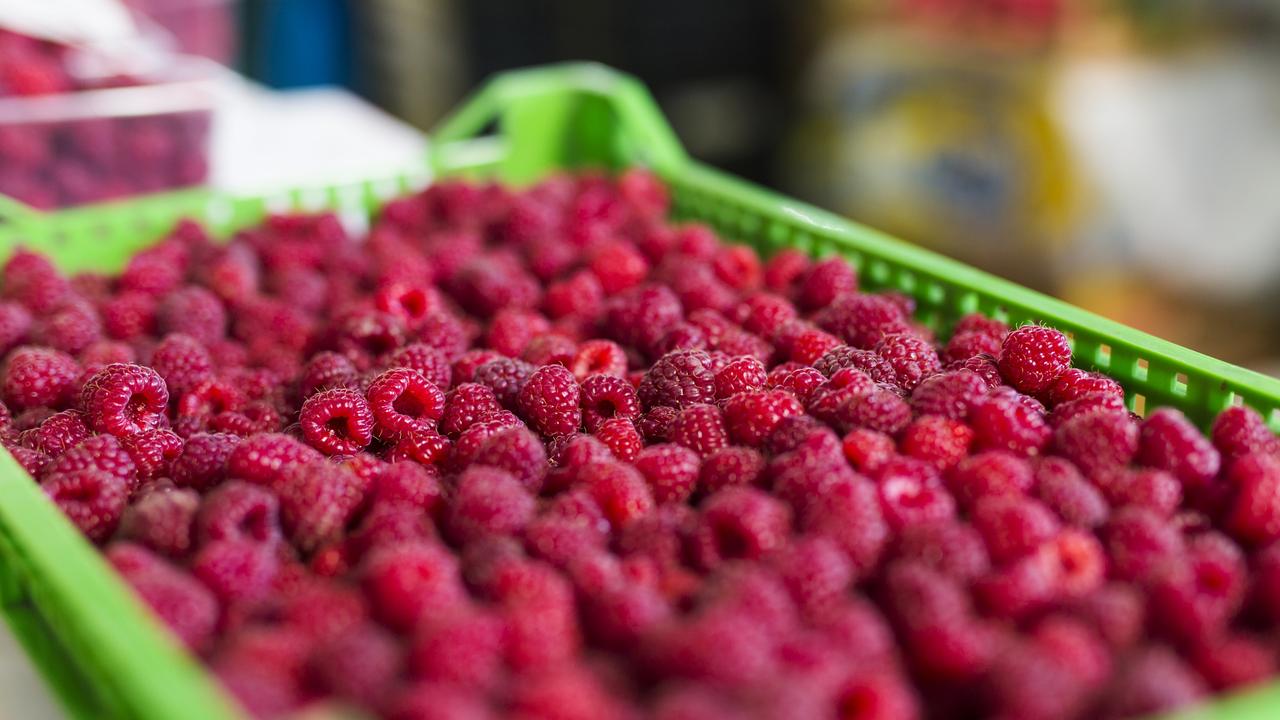Horticulture production: Coastal Hydroponics remains focused
A HUSBAND-and-wife team of growers is pioneering salad and herb production, writes JAMES WAGSTAFF

TALK of farming in Australia generally conjures up images of dusty outback cattle stations and golden wheat fields stretching to the horizon. Not of the white sandy beaches that make up one of the nation’s most popular holiday destinations.

So when Belinda and Paul Adams refer to farming their own patch of paradise, they’re not joking.
From their 4ha base at Gilston, just west of Surfers Paradise on Queensland’s Gold Coast, the couple run Coastal Hydroponics, a pioneer in salad and herb production that has grown from humble beginnings to supply as much as 28 tonnes of product a week to supermarkets across Queensland. Through a targeted strategy centred on consistency, the business has tripled in size in the past eight years. But it has not shifted in the slightest its focus on its end game — the consumer.
“We are most certainly not about going as large and as big as we can … we get contracts in place, we know what our volumes are, we will plan for the next year or two, and then we implement change based around that, versus ‘if you build it, they will come’,” says 39-year-old Belinda, who was named Ausveg Grower of the Year in 2014 and now sits on the organisation’s board.
NEW LEAF
SALAD leaves, including spinach, rocket, chard and mizuna, account for about 80 per cent of the Coastal Hydroponic throughput. Herbs — basil, coriander, parsley, mint, tarragon, chives, rosemary, watercress, oregano, marjoram, sage and dill — make up the remainder.
Production is split between Gilston, where all herbs are grown in a mix of indoor and outdoor hydroponic conditions, and the family’s 40ha farm two hours away at Gatton, in Queensland’s Lockyer Valley, which is home to their lettuce and “anything that has a tap root” — coriander, parsley and rosemary.
To ensure consistent year-round supply, contract salad growers are also employed, accounting for about 40 per cent of throughput.
Belinda said hydroponics — whereby plants are grown without soil and have nutrients delivered to them in water form — was in its “real discovery phase” when her parents, Barry and Lyn Moss, moved from their broadacre farm near Wagga Wagga in NSW to the Gold Coast in the early 1980s, seeking a lifestyle change. She said Barry worked in a number of different fields before returning to his love of farming, by growing hydroponic lettuce.
SMALL BEGINNINGS
THE family initially supplied iceberg lettuce and, later, hydroponic “fancies” to the Coles supermarket at Pacific Fair, making deliveries in the trusty farm ute.
Belinda said as the years went on, Lyn became increasingly frustrated with the number of lettuce discarded because they were too big to be bagged or boxed. It was then, in the “very early days for value adding when you could choose a whole lettuce or a whole lettuce”, the family experimented with processing, washing and packaging loose lettuce leaves.
“We started with a very basic backyard kitchen operation where we were cutting up the lettuce,” Belinda said. “We had a washing basket and we’d submerse it, shake it to remove the excess moisture, hand pack it, hand staple the punnets shut and hand label everything — it was all very labour intensive.”
By then Coles was increasing its footprint in Queensland and Belinda said it trialled the loose product in a few stores, and demand “took off”.
Belinda, a former primary school teacher, and Paul, a former police officer, returned to the business eight years ago and set about “getting systems and processes in place, developing forward plans”. “There were lots of things I thought we could do better … so we all dug in and really made it happen,” she said.
Coastal Hydroponics now packages about 17 tonnes of lettuce and salad leaves (and up to 25 tonnes during summer) each week exclusively for Coles for more than 170 of its stores. It started growing herbs 20 years ago at the invitation of Coles and now supplies about three tonnes a week.
LETTUCE AT THEM
THE lettuce growing season at Gatton runs from March to November. The lettuce is direct seeded onto raised beds and is irrigated by underground water delivered by overhead sprinklers.
This is the fifth year of production at Gatton. Prior to this the family grew lettuce at Stanthorpe, south of Warwick, which Belinda said was “climatically, not a great place”.
While Belinda said the business could easily grow all its products in the ground, the Gilston hydroponic facility “creates flexibility for us, especially if we had a weather event or if there were issues at Gatton”.
At Gilston, all herbs (which arrive as seedlings from a nursery) are grown either outdoors or in two 0.2ha undercover structures, with water drawn from the nearby Nerang River. The system sees root bases of plants suspended in water piped through cylinder growing trays. Nutrients, mostly natural elements such as zinc, iron and calcium, are added into in-feed water tanks, and are topped up according to the plant requirements and efficiency. “With herbs, it’s all fun and games until something goes wrong, and it really goes wrong, so it takes a lot of care and attention,” she said.
All water used in the hydroponics is recirculated.
GROW FOR IT
THE growing season depends on the variety of the herb. Belinda said basil in the middle of summer took only three weeks to grow while other lines were a bit slower.
During winter, the sides of the protective structures are kept down to try and accelerate growth before being opened up again in summer.
Coastal Hydroponics also works with seed companies conducting trials in an attempt to identify the best yielding, highest quality lines.
All product (including salad leaves from contract growers) is washed, processed and packed in the on-farm processing facility, which operates seven days a week and employs 30 staff.
Lettuce processing is fully automated, travelling through three wash tanks, before being dried (in a state-of-the-art machine imported from The Netherlands last month), packed into 60g, 120g or 200g bags, put through a metal detector and check weighed. Herb processing is more manual. Plants are trimmed and cut to size, weighed, put in punnets and sleeves, and date coded.
Most herbs are in stores within 24 hours and salads within 48 hours.
Looking ahead, Belinda said the business planned to build an additional 1.6ha of protected structure to increase its herb capacity and develop new products. But she stressed “incremental growth” would remain paramount.
“Volatility is not my speciality,” she said.


